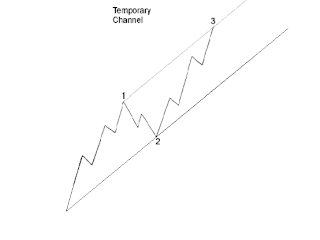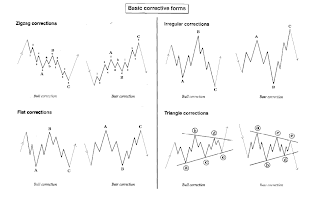| T3 moving average, the indicator created by Tim Tillson is tripple smoothed combination of EMA (Exponential Moving Average) and DEMA (Double and Triple Exponential Moving Average). It's one of the popular and useful indicator, it's used in many trading system indicate the trends, or apply method in oscillator indicators to indicate the momentum of the trends. |
GD(N,v) = (1-v)*EMA[N] + v*DEMA[N]
<=> GD(N,v) = EMA[N] + v * (EMA[N] - EMAofEMA[N])
T3(N,v) = GD(N,v) of GD(N,v) of GD(N,v)
N : period of calculation.
v : volume factor, it controls how much of the DEMA is used. you can see the DEMA fomula and download it by click at here. If v = 0 that means T3 is a Trippled EMA ( EMA of EMA of EMA), if v=1 that means T3 is a Trippled DEMA ( DEMA of DEMA of DEMA). Default v = 0.7, you can adjust it from 0 to 1.
You can see it in this chart below:





.png)
.png)
.png)
.png)
.png)
.png)
